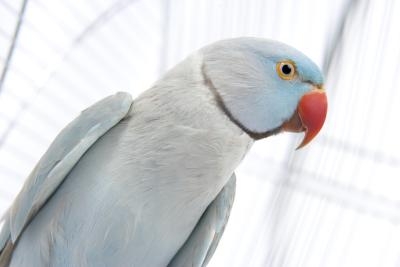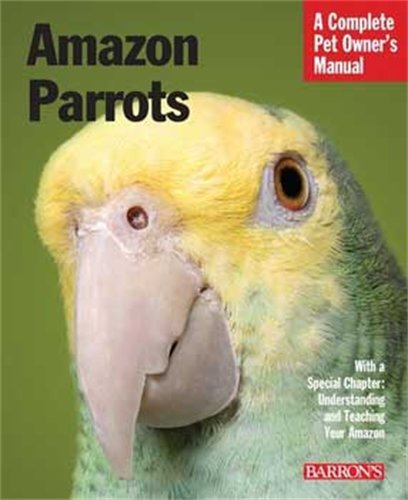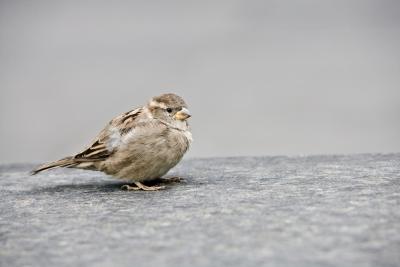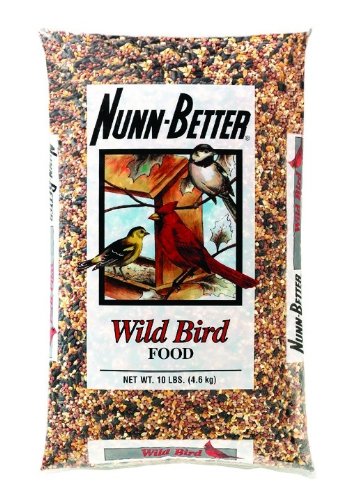
How Do I Know If My Bird Has Mites?. Scaly face mites, red mites and feather mites regularly infect the domestic pet bird. Most pet birds contract mites in pet stores. Always take care when introducing a new bird into a household with an existing bird. Exceptionally contagious, the mites can quickly spread from bird to bird. Birds suffering from a mite infestation will become miserable if not treated. Depending on the variety of mite, the pests burrow into the bird's feather shafts, feed on its blood, and cause beak deformities and intense itching. Over time, the bird will begin to lose sleep and become cranky because of its discomfort.

Watch the bird closely for excessive itching, skin irritation, preening or feather plucking. The bird may also appear restless or might begin to nap during the day due to lack of sleep. Some birds begin to pluck out their feathers in misery and frustration. Plucked feathers may appear in the bottom of the bird's cage.
Look for a white powdery residue on the bird's beak, eyes or feet. The bird may also have a crusty residue around its eyes and nostrils. A severe infestation of scaly face mites can cause the bird's beak to take on a deformed appearance. The bottom of the bird's feet may also have lesions. Use a magnifying glass to look closely at the bird's feathers and skin. Watch for any red or black mite movements across the feather's surface or the bird's skin.
Hold the bird gently in your hands and look closely for bald spots. Spread the bird's wings and hold them up to the light. Feather mites often burrow holes into the shafts of the bird's long feathers. The light will shine through the holes in the shafts of the bird's wing feathers.
Line the bottom of the bird's cage with a white sheet before covering the cage at night. In the morning, remove the cover from the bird's cage and examine the bottom sheet for mites. Shake any mites into a sealed container to take to the veterinarian for identification. In addition, look at the sheet's surface for red or brown flecks. Red mites leave behind blood-stained fecal residue.
 The Blue
ParrotsThat TalkThe Blue-Che
The Blue
ParrotsThat TalkThe Blue-Che
 A Beginners Guide to Keeping Canaries
A Guide to Keeping CanariesC
A Beginners Guide to Keeping Canaries
A Guide to Keeping CanariesC
 How to Find a Bird by Description
How to Find a Bird by Description
How
How to Find a Bird by Description
How to Find a Bird by Description
How
 Brinsea Spot Check Thermometer
Highly Accurate Digital Spot
Brinsea Spot Check Thermometer
Highly Accurate Digital Spot
 Mourning Doves Are Hunted Now?
Credit: audreyjm529 on flickr / Licensed unde
Mourning Doves Are Hunted Now?
Credit: audreyjm529 on flickr / Licensed unde
Copyright © 2005-2016 Pet Information All Rights Reserved
Contact us: www162date@outlook.com